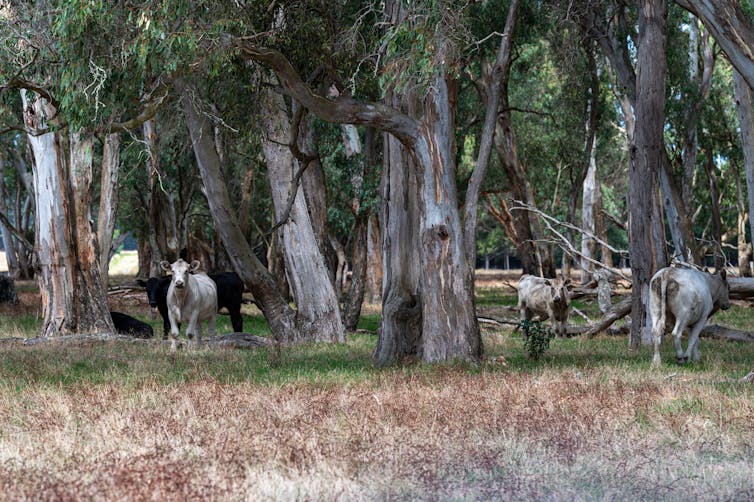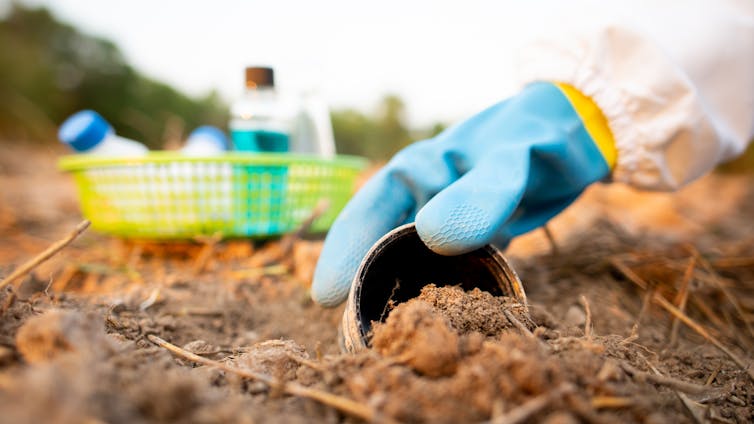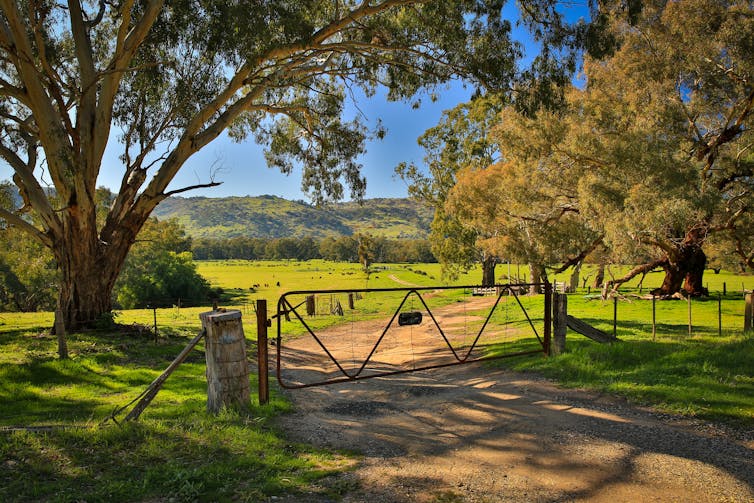Nature is a public good. A plan to save it using private markets doesn't pass muster
- Written by Philippa England, Senior Lecturer, Griffith Law School, Griffith University
As the health of Australia’s environment continues to decline, the federal government is wagering on the ability of private markets to help solve the problem. So is this a wise move? The evidence is not at all encouraging.
This year’s federal budget included A$32.1 million to promote so-called “biodiversity stewardship”, in which farmers who adopt more sustainable practices can earn money on private markets. The funding will be used to trial new programs to protect existing native vegetation, implement a certification scheme and set up a trading platform.
It all sounds very promising. But sadly, the experience of environmental markets and certification schemes to date suggests farmers may not embrace the opportunities. In fact, preliminary research funded by the government suggests the odds are well and truly stacked against this approach succeeding.
Environmental markets cannot adequately compensate for decades of diminished government funding for long term, reliable measures to promote better land management.
 Environmental markets are not a replacement for sustained public funding of environmental protection.
Shutterstock
Environmental markets are not a replacement for sustained public funding of environmental protection.
Shutterstock
What’s the plan all about?
Agriculture covers 58% of Australia’s land mass. This means farmers are crucial to maintaining a healthy environment upon which production, communities and the economy depend.
Federal Agriculture Minister David Littleproud said the new funding means farmers will be paid to undertake biodiversity projects – “a win-win for farmers and the environment”. In an interview with the ABC, Littleproud said “we want the market to come and pay our farmers for this, not the Australian taxpayer”.
The new funding will pay for:
a “carbon + biodiversity” pilot project to develop a market-based mechanism to reward farmers for increasing biodiversity
an “enhanced remnant vegetation” pilot that will pay farmers to protect remnant native vegetation with high conservation value
a proposed “Australian Farm Biodiversity Certification Scheme” to identify best-practice ways to sustain and build biodiversity.
So how do these markets work? Farmers and other land managers undertake environmental projects such as protecting endangered native species, increasing tree cover or reducing competition from invasive pest species. These projects have been assessed and accredited – usually by a government entity or independent third party – to ensure their integrity.
Farmers earn “credits” in exchange for the activity they undertake, which are then sold to “funders” such as corporations that want to improve their environmental credentials, philanthropic organisations and others.
The government has previously committed A$34 million to develop and trial biodiversity stewardship approaches. This included A$4 million to the National Farmers Federation (NFF) to start developing a certification scheme.
 Biodiversity stewardship schemes reward farmers who change their practices, such as retaining existing native vegetation.
Shutterstock
Biodiversity stewardship schemes reward farmers who change their practices, such as retaining existing native vegetation.
Shutterstock
‘Workability’ problems
In 2020, the NFF engaged the Australian Farm Institute (AFI) to evaluate the literature on existing certification schemes and to gauge landholders’ views. The report identified myriad problems.
The AFI noted several issues surrounding data collection and reporting. Certification schemes are data-hungry: they require baseline data (information collected before a project starts), measurable outcomes and a way to monitor progress and verify results. But diminished public spending means such data are often not readily available.
Also, biodiversity conservation can take decades. This can conflict with the interests of farmers, and of project funders that often operate within shorter planning horizons. This may limit the type, credibility and longevity of projects accredited for funding.
And many existing schemes are yet to demonstrate, on a cost-benefit analysis, any appreciable economic advantage to farmers. Under the Queensland Land Restoration Fund scheme, for example, the AFI said “farmers generally want more money than is offered for the carbon credits produced”. If that remains the case, widespread uptake seems unlikely.
 Certification schemes require solid environmental data and ongoing monitoring, which is often lacking in Australia.
Shutterstock
Certification schemes require solid environmental data and ongoing monitoring, which is often lacking in Australia.
Shutterstock
Barriers to participation
The time, energy and costs of applying to participate in a biodiversity stewardship scheme can limit participation. For instance, the AFI’s review of stakeholder views noted it took one Queensland farmer 18 months to navigate the application process under the state’s Land Restoration Fund. And the fund involves hefty startup costs, including A$15,000-20,000 for a baseline biodiversity report and A$10,000 for initial certification.
Some schemes have attempted to get around this. For example, the Land Restoration Fund now offers to pay the costs of third-party agents employed to prepare applications. But overall administrative costs remain substantial and are likely to remain a deterrent to smaller operators.
Rules governing certification schemes can also penalise early adopters of sustainable farming methods. The schemes often require “additionality”, which means farmers cannot be rewarded for undertaking activity that would have occurred had the scheme not existed. So those already using best-practice methods – such as minimum tillage, organic farming or retaining native vegetation – often cannot take part. This is a particularly sore point for many farmers.
And almost inevitably in environmental stewardship schemes, ongoing funding to farmers is premised on progress against pre-determined benchmarks, such as storing a specified amount of carbon in landscapes by planting trees. Unfortunately, life in the bush is far from pre-determined. Disruptive events – such as drought, fire, falling commodity prices or new trade barriers - are run of the mill.
It’s a big stretch for corporate funders and contract negotiators to accommodate these unknown variables in their benchmarks. This means farmers must insure themselves against natural events (to the extent available) adding again to the costs of participation.
 Time, energy and cost burdens can act as a barrier for some farmers to participate in stewardship schemes.
Time, energy and cost burdens can act as a barrier for some farmers to participate in stewardship schemes.
Nature belongs to all of us
Land managers are the primary stewards of Australia’s unique environment. Yet they receive the least government funding of any OECD country aside from New Zealand.
The environment needs immediate and sustained support. Whatever the lure and potential of environmental markets and certification schemes, the evidence strongly suggests private funding should not be relied on to preserve, restore and sustain our natural landscapes.
The environment is a public good, and requires adequate and substantial public funding.
Authors: Philippa England, Senior Lecturer, Griffith Law School, Griffith University



















